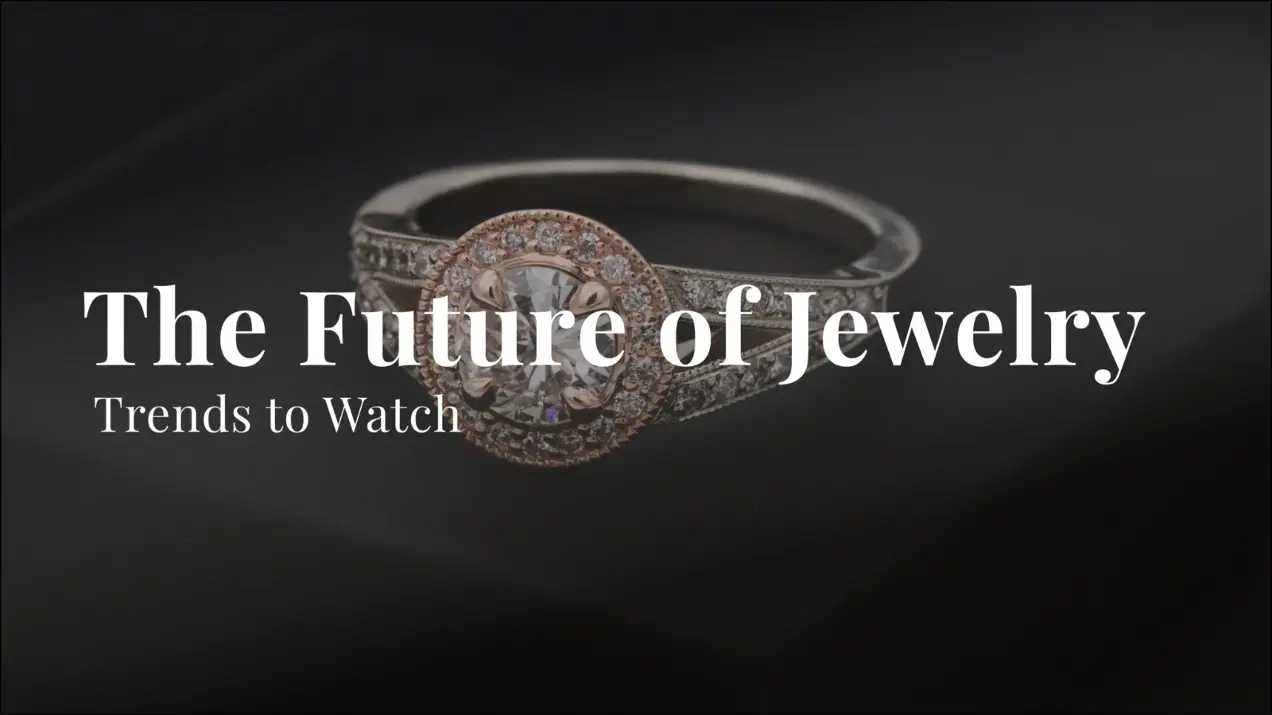Jewelry Market Trends
Latest Trends in the Jewelry Industry (2025 Edition)
The jewelry industry in 2025 is characterized by a blend of tradition and innovation, with a strong emphasis on sustainability, personalization, and bold design choices. As consumer preferences continue to evolve, the industry is adapting to meet these new demands, offering diverse and meaningful options for jewelry enthusiasts.
Introduction : The evolving jewelry industry
The jewelry industry in 2025 is undergoing a remarkable transformation shaped by shifting consumer values, technological integration, and a growing focus on sustainability. Once dominated by tradition and exclusivity, today’s market is more inclusive, ethical, and digitally advanced. Younger generations—particularly millennials and Gen Z—are steering this change, demanding transparency, individuality, and environmental responsibility in their purchases.
As the line between luxury and conscience blurs, jewelry brands are embracing innovation—through lab-grown diamonds, virtual try-on tools, and customized designs—to stay relevant in a rapidly evolving global landscape. This era is not just about adornment; it's about storytelling, purpose, and progressive luxury.
Rise of lab-grown diamonds
Lab-grown diamonds have emerged as a major force in the jewelry industry, revolutionizing how consumers perceive luxury and value. These diamonds, produced using advanced technologies like HPHT (High Pressure High Temperature) and CVD (Chemical Vapor Deposition), are physically, chemically, and optically identical to mined diamonds—but come without the ethical and environmental baggage.
Key Drivers of Growth:
- Sustainability: Lab-grown diamonds require significantly less land and energy, and they avoid the ecological destruction of traditional mining.
- Affordability: On average, they cost 30–40% less than natural diamonds, making luxury more accessible.
- Transparency: Consumers can trace the origin and production process, increasing trust and appeal—especially among Gen Z and millennials.
- Design Flexibility: Ideal for custom creations, as they can be made in various sizes, shapes, and even colors.
Global acceptance is rising, with lab-grown diamonds increasingly featured in bridal collections, everyday fine jewelry, and even red carpet events. They're not just a trend—they're shaping the future of ethical luxury.
Demand for personalized/custom jewelry
In 2025, jewelry is no longer just about beauty—it's about meaning. The demand for personalized and custom-designed jewelry is soaring as consumers seek pieces that tell their unique story, reflect personal milestones, or symbolize individual identity.
Why It’s Growing:
- Emotional Connection: Customers want more than generic designs—they seek meaningful items like name necklaces, birthstone rings, anniversary engravings, or symbolic motifs.
- Self-Expression: Jewelry has become a canvas for individuality, especially among younger buyers who value uniqueness over mass appeal.
- Tech Integration: With online customizers, 3D modeling, and AI-driven design tools, personalization is easier, faster, and more accurate than ever.
- Gifting Trends: Custom pieces are now top choices for memorable gifts—making them ideal for weddings, birthdays, and corporate milestones.
From initial sketches to final creation, the custom jewelry experience is becoming more immersive, inclusive, and accessible—marking a clear shift from standard luxury to intimate luxury.
Influence of digital & AI in jewelry design
The jewelry industry is embracing digital transformation like never before, with AI and digital tools playing a pivotal role in both design and customer experience. In 2025, technology is not just supporting creativity—it’s reshaping it.
Key Innovations:
- AI-Powered Design Assistance: Designers now use AI to generate concepts based on trends, customer preferences, and even sentiment analysis. This speeds up innovation and ensures trend-aligned collections.
- 3D Rendering & CAD Tools: Jewelers can visualize hyper-realistic models before production, reducing waste and improving client approval rates.
- Virtual Try-Ons: Augmented reality (AR) allows customers to “wear” rings, necklaces, or earrings through their phone or computer—bridging the gap between online and in-store shopping.
- Customization Platforms: AI lets customers co-create jewelry by selecting stones, shapes, and styles in real-time, with instant visual feedback.
- Predictive Analytics: AI helps brands forecast demand, personalize marketing, and even recommend styles based on browsing behavior or purchase history.
These advancements not only make jewelry design smarter and faster, but also create a more engaging, tailored experience for tech-savvy consumers.
Ethical & sustainable shopping trends
Today’s consumers—especially Gen Z and millennials—are not just buying jewelry; they’re buying values. In 2025, ethical and sustainable practices have moved from being a niche concern to a mainstream expectation in the jewelry industry.
Core Trends Driving the Shift:
- Eco-Friendly Materials: Increasing use of recycled gold, silver, and conflict-free gemstones to reduce environmental harm.
- Lab-Grown Diamonds: Favored for their ethical origin and lower carbon footprint, they’re now central to many sustainable jewelry collections.
- Transparency & Traceability: Customers demand clear information about sourcing, labor conditions, and production practices—often verified through blockchain or digital certificates.
- Minimal Waste Production: Brands are adopting made-to-order and zero-waste manufacturing processes to minimize excess inventory and material waste.
- Packaging Revolution: Eco-conscious packaging using recycled, biodegradable, or reusable materials is becoming the industry standard.
Shoppers are choosing brands that align with their values—those that protect the planet, treat workers fairly, and offer full transparency. This isn’t just a trend; it’s the new definition of luxury.
Conclusion: Future outlook
The jewelry industry in 2025 stands at the crossroads of tradition and transformation. Driven by conscious consumers, technological innovation, and a desire for personalization, the market is evolving into a more inclusive, ethical, and digitally-forward space.
What Lies Ahead:
- Sustainability will no longer be optional—it will be expected.
- Lab-grown diamonds will dominate new-age luxury, redefining how we perceive value and ethics.
- Customization will continue to flourish, making each piece a personal statement.
- AI and digital tools will blur the lines between virtual and physical retail, reshaping the buying experience.
- Storytelling and purpose will become central to brand identity, as buyers look for deeper meaning in what they wear.
The future of jewelry isn’t just about sparkle—it’s about significance, sustainability, and smart innovation. Brands that adapt with authenticity and tech-forward strategies will lead this next chapter in jewelry evolution.

